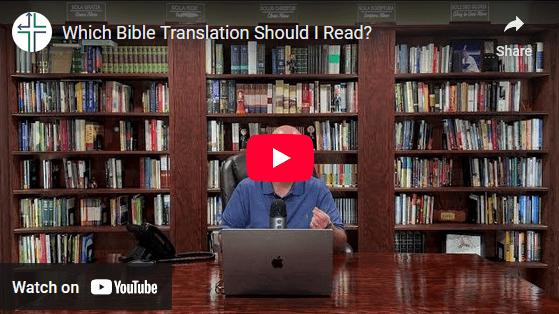Auto-generate Transcript:
What Bible Translation Should You Read? | Best English Versions for Accuracy and Clarity
Meta Description (under 160 characters):
Find out which English Bible translation is best for study, accuracy, and readability. Compare ESV, NASB, NIV, and more.
Transcript Summary:
In this episode of Five Good Minutes, the question is: What English Bible translation should I read?
There are three main translation types:
1. Literal (Word-for-Word):
These prioritize accuracy to the original Hebrew and Greek. They may be harder to read but are the most faithful to the original languages.
Examples: ESV, NASB, LSB, KJV, NKJV.
2. Dynamic Equivalent (Thought-for-Thought):
These aim for readability by translating ideas rather than exact words.
Examples: NIV, CSB, NCV.
3. Paraphrase:
Not true translations—these reword Scripture in modern language. They’re easy to read but not ideal for serious study.
Examples: The Message, The Living Bible, Good News Bible.
Top 3 Recommendations:
-
ESV – Best balance between accuracy and readability.
-
Legacy Standard Bible (LSB) – Updated NASB using “Yahweh” instead of “Lord.”
-
NASB – Extremely accurate, ideal for in-depth study.
Recommended Study Bibles:
-
MacArthur Study Bible
-
ESV Study Bible
-
Reformation Study Bible (R.C. Sproul)
Bibles to Avoid:
-
Paraphrases as your main Bible.
-
The Passion Translation – heavily biased and linked to questionable theology.
Final Thoughts:
If you want accuracy, go with ESV, LSB, or NASB. But the best Bible is the one you’ll actually read.
This has been another Five Good Minutes.

